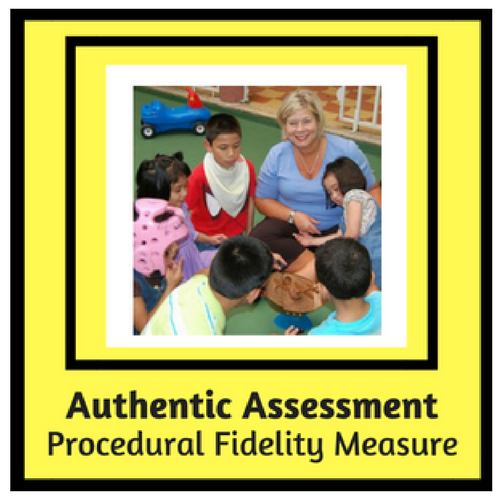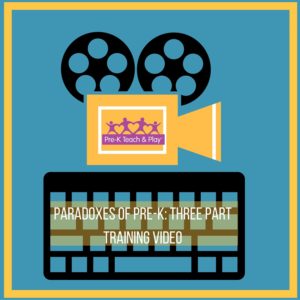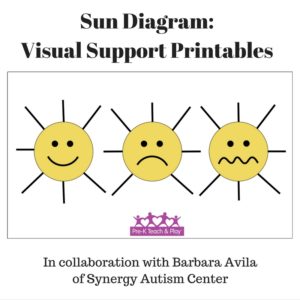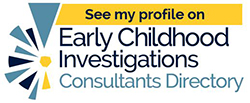Description
Early childhood recommended practices suggest that authentic assessment strategies should be used in gathering information about young children to plan and revise instruction.
Despite this recommendation, there has been little research on whether early childhood providers actually gather assessment data using authentic strategies.
The authentic assessment procedural fidelity measure was developed for the purpose of measuring assessment fidelity and was validated by Grisham-Brown, Pretti-Frontczak, & Hallam (2008) with a group of Head Start teachers.
The measure examines a teacher’s or a team’s adherence to six features of authentic assessment including:
- set up and preparation
- materials, procedures
- decision-making
- embedding
- child choice
Sample from the fidelity measure

The authentic assessment procedural fidelity measure can be used by individuals as a self monitoring tool, by consultants engaged in coaching and the delivery of performance feedback, by administrators evaluating the implementation of evidence-based practices, and/or by programs in evaluation efforts that might be associated with:
- National Association for the Education of Young Children accreditation
- Participation in statewide Quality Improvement Rating Systems
- Collection of child outcome information for the Office of Special Education Program
- Adherence to state program standards for publicly funded Pre-K programs
- Activities associated with Head Start program monitoring
Our tools for achievement have constrained our opportunities for learning. The authentic reality and value of deep learning has become hijacked by the perceived virtual reality and value of high-stakes test scores. ~Stephanie Pace Marshall, 2006 The Power to Transform: Leadership that Brings Learning and Schooling to life






Reviews
There are no reviews yet.